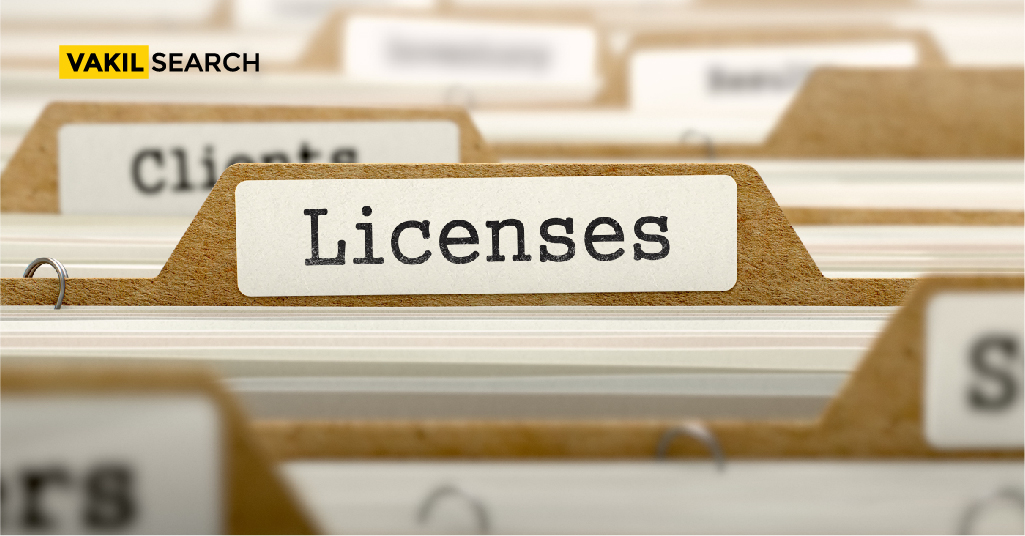Delve into the nuances of OSP licensing to make informed decisions about the types available, the procedural intricacies, essential paperwork, and the crucial aspects of compliance and license duration.
Overview
In India, telecom service providers are obligated to obtain an operator license from the Ministry of Communications and Information Technology, Government of India, to function as a telecom operator. Each service provider must adhere to industry norms and secure the necessary license issued by the Department of Telecommunications (DoT) under the Ministry. The DoT serves as the highest authority for all telecom-related affairs in the country, overseeing tasks ranging from spectrum management and allocation to policy formulation, regulation, and monitoring.
The Telecom Operator License, issued by the DoT, authorizes eligible individuals or entities to deliver telecommunication services across India under one or more licenses granted by the Department. This article will delve into various aspects of the Other Service Provider (OSP) license in India, covering its types, required documents, compliance procedures, and the duration of its validity.
What Is an OSP License in India?
An OSP (Other Service Provider) license in India is a telecommunication license granted to entities aiming to offer diverse telecom services within the country. The term “telecom service” encompasses a broad range of services provided by a telecom operator utilizing any type of network.
Entities holding an OSP license can deliver services using a network they own or lease from another telecom operator. Notably, OSPs are telecom service providers that do not provide voice or SMS services. Instead, they typically acquire capacity from a telecom operator, which they then resell to their customers. OSPs may also provide data services such as internet and data analytics.
However, it’s important to note that OSPs are not authorized to offer voice services, and their network rentals cannot include capabilities for providing voice services to other businesses.
Types of Telecom Operator License in India
India offers four distinct types of telecom operator licenses, each catering to specific telecommunications services: Basic Service License (BSL), Cellular Mobile Telephone Service License (CMTSL), Unified Access Service License (UASL), and Internet Service Provider License (ISPL). These licenses come with different eligibility criteria, enabling holders to deliver various telecommunications services.
- Basic Service Licenses are granted to companies meeting the requirements for providing fixed-line telephone services, encompassing local and long-distance calling, voicemail, and caller ID.
- Cellular Mobile Telephone Service Licenses are issued to companies fulfilling the criteria for offering mobile phone services, including voice calls, text messaging, and data services.
- Unified Access Service Licenses are bestowed upon companies meeting criteria for providing both fixed-line and mobile phone services.
- Internet Service Provider Licenses are granted to companies meeting the criteria for delivering internet access services, comprising broadband internet and dial-up internet.
- Additionally, there are other specialized licenses such as Cellular Operator’s License (CO), Microwave Access License (MA), Wi-Fi Service Provider (WSP), and International Gateway License (IG), each serving unique purposes within the telecom industry. It is essential to choose the appropriate license based on the specific telecommunications services a business aims to provide, considering the individual benefits and limitations of each license type.
Documents Required for Telecom Service License
The documents required for a telecom operator license in India varies from case to case and depends on the category and type of license applied for. But there are some documents commonly required for all types of licenses:
- A valid company registration certificate (RC)
- A valid license to operate as a telecom operator in any other country
- A certificate of incorporation
- A memorandum of association
- A letter of intent/application letter
- An audited financial statement of the company
- A list of directors and their background information
- A letter of support from the promoter/shareholder
- A letter of support from the bank, confirming sufficient funds to meet the investment requirement
- A letter of consent from the existing operator(s) who provide service in the same area where the license is applied for, if applicable, A no-objection certificate from the Department of Atomic Energy (DAE)
- A letter of intent from the investors
The Process to Obtaining a Telecom Operator License in India
Obtaining a telecom operator license in India is a meticulous and time-consuming process, typically spanning 1–2 years from the date of application submission. The step-by-step procedure is outlined below:
-
Application Submission
The aspiring OSP (Other Service Provider) must submit a comprehensive application to the Department of Telecommunications (DoT), along with the requisite documents.
-
Scrutiny and Eligibility Evaluation
The DoT meticulously scrutinizes and assesses the application to determine eligibility. After this scrutiny, a notice for a hearing is issued to the applicant.
-
Telecom Disputes Settlement and Appellate Tribunal (TDSAT)
The applicant is required to appear before the Telecom Disputes Settlement and Appellate Tribunal (TDSAT) for further evaluation and decision.
-
Permission and Security Deposit
If TDSAT grants permission, the applicant must furnish a security deposit.
-
Publication in Official Gazette
The application is officially published in the Official Gazette of India, marking a formal acknowledgment of the licensing process.
-
Referral to TRA (Telecom Regulatory Authority of India)
The application is then forwarded to the Telecom Regulatory Authority of India (TRA) for comments and suggestions.
-
Granting of License
Upon receiving no objections from TRA, the DoT proceeds to grant the telecom operator license.
This multi-step process ensures thorough scrutiny and adherence to regulatory protocols, paving the way for the issuance of a telecom license in India.
Validity and Compliance
In India, any business entity offering services, including IT services and consulting services, is considered a service provider. To legally operate in India, these companies must possess a valid and up-to-date OSP (Other Service Provider) license. Issued by the Ministry of Communications and Information Technology, this license holds a validity period of 20 years.
To renew the license, service providers must undergo a renewal process by submitting a new application along with the necessary documentation. The initial grant and subsequent renewals are contingent on the company’s adherence to specific guidelines, encompassing factors like financial stability, technical competence, and more.
Conclusion
The OSP license plays a pivotal role for companies operating in India, ensuring that they deliver quality services to their clients. Ongoing compliance with applicable laws and regulations is imperative for maintaining a valid OSP license.
Non-compliance may lead to the revocation of the license, highlighting the significance of adherence to regulatory standards for service providers in the country. For assistance, get help from the experts at Vakilsearch.









